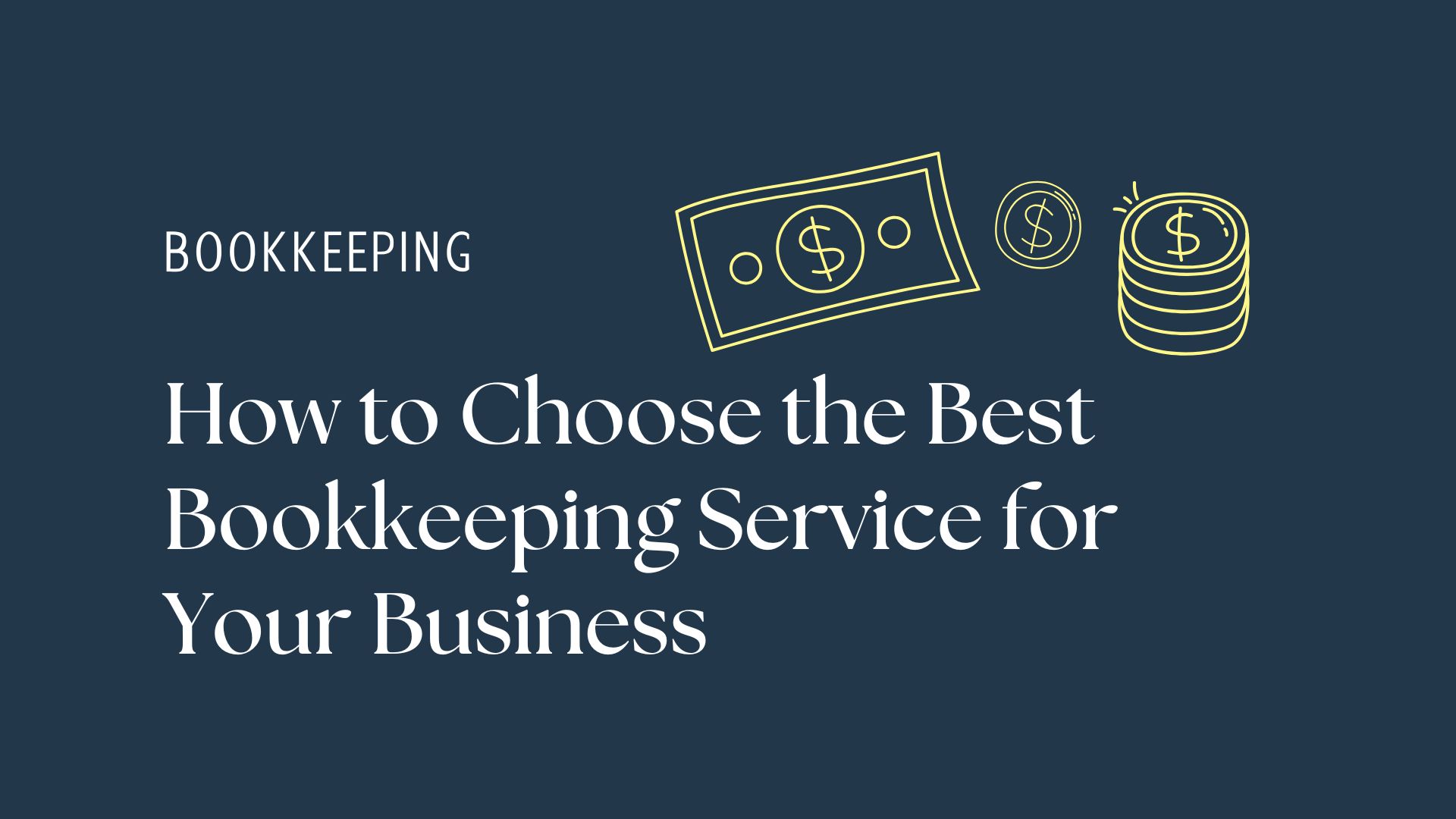Managing HR and payroll processes can be complex, especially when it comes to understanding your payslip. In this blog, we’ll explain the crucial payroll elements that affect your payslip and help simplify the payroll process for you.
What is a Payslip?
A payslip is an official record that shows how much you earned and the deductions made during your pay period. Regardless of your employment type—whether casual, part-time, or full-time—it’s important to understand your payslip. Your payslip can also serve as proof of employment for loan or mortgage applications, as well as for rental property leases.
By law all employees in Australia must receive a payslip for each period they are paid. For example, if you get paid weekly for your job, you should receive a payslip weekly. Similarly, if you get paid monthly, you will receive a monthly payslip and so on.
Paying attention to your payslip is part of taking responsibility and being accountable for being paid correctly for the work you do. Yet many employees either do not fully understand their payslips, or do not take the time to read them. This blog aims to help you better understand the basic elements of a payslip, why you should check your payslips regularly and store them securely.
Why Payslips Matter for HR and Payroll
In Australia, HR and payroll compliance is governed by law, which mandates that all employees receive a payslip for each pay period. Whether you are paid weekly, bi-weekly, or monthly, your payslip is a key document that details your earnings and deductions.
Payslips are proof of your employment. Generally financial institutions require a loan applicant to show their payslips when applying for a loan or mortgage and there are several other situations such as applying for a rental property lease where your Payslips will be requested. The payslip gives an indication of the applicant’s income and financial stability.
If you are getting overpaid or underpaid by your Employer the onus is on you to keep an eye on what you are paid. If you are employed as a casual your employer does not need to give you an employment agreement, although it is good practice and many employers do.
Many employees either don’t fully understand their payslips or fail to review them regularly. However, checking your payslip is an essential part of ensuring that you are paid accurately for the work you do. This blog will help you better understand the basic elements of a payslip and why it’s important to check and store them securely.
Whether you are a casual or part time or full time employee, it is important for you to understand what a Payslip is and what it tells you about your earnings. Key Components of Your Payslip
Key components of a payslip
Your payslip will typically include the following details:
- Employee Name: Your personal details.
- Superannuation: Details of your employer’s contributions to your super fund.
- Employer Name: The company you work for.
- Pay Period: The dates covering your pay period.
- Rate of Pay: The hourly rate or salary you are paid, along with any applicable loadings or overtime.
- Worked Hours: The number of hours you worked during the period.
- Gross Wages: The total amount before any deductions, such as taxes or contributions.
- Deductions: Taxes, insurance, or other deductions taken from your gross wages.
- Net Payment: The total amount paid to you after all deductions.
While these are the basics, there are often other elements like bonuses, commissions, or allowances that can affect your payslip. Understanding these components is crucial for managing your finances.
Here’s an example
The Payslip below shows The Employee Name (Beyonce), the name of her Employer (Coffee A Gogo), the dates covered by the pay period(1.7.22 – 7.7.22), the hours she worked, the rate/s of pay and the pay amount at each applicable rate (applicable loadings and overtime).
There is a total of the gross wages which are the wages before tax ($1354.20).
Then the Payslip will show any taxes and deductions on the gross wages ($285.00).
The Payslip shows the Net payment to the Employee which is the Gross wage less any taxes and other deductions. The Payslip will show details (Superannuation Fund name or number) of any Superannuation fund and the amount of any superannuation payment. Superannuation will be covered in another blog. Please remember that just because a superannuation payment is shown on your Payslip does not mean it has been paid to the superannuation fund. You must log into your superannuation or contact them and check this.
The Payslip below is a simple one designed to illustrate the basic Payroll concepts. There are many different loadings, taxes and deductions that may apply.

Why You Should Review Your Payslips
Regularly checking your payslips ensures that you are paid correctly and that all deductions (like taxes and superannuation contributions) are accurate. Employers are legally required to pay superannuation on your behalf, but it’s your responsibility to verify that these payments are being made. Even if your HR and payroll software shows your superannuation details, it’s important to cross-check with your super fund to ensure the payments have been made.
By reviewing your payslip, you can spot any discrepancies, such as being underpaid or overpaid, and address the issue with your employer promptly.
HR and Payroll Software: Simplifying Payslip Management
Many HR and payroll software systems provide employees with access to their complete payslip history, which can be helpful for those who prefer not to manage their records manually. However, regardless of the convenience of payroll software, it’s still your responsibility to review and store your payslips safely.
The Fair Work Act 2009 governs employment relations in Australia, including HR and payroll processes. The act sets out the National Employment Standards (NES), ensuring that employees are paid fairly and according to legal requirements. It’s essential for both employers and employees to comply with these standards to avoid any payroll-related issues.
More information
The Fair Work Act 2009 currently administrates employer and employee relations in Australia. The Fair Work Act issued National Employment Standards. Each state in Australia chooses how they will administrate employment.
Fairwork Australia administrates payroll in Australia and their website is a great source of information: www.fairwork.gov.au
Simplify Your HR and Payroll
At EDGE SME Financial Management Services, we understand how challenging it can be to manage HR and payroll effectively. Our tailored HR and payroll solutions ensure accuracy, compliance, and efficiency. From generating error-free payslips to handling complex payroll tasks, we take care of it all so you can focus on growing your business.
Get in touch with EDGE SME today and discover how we can streamline your HR and payroll processes for your business.




